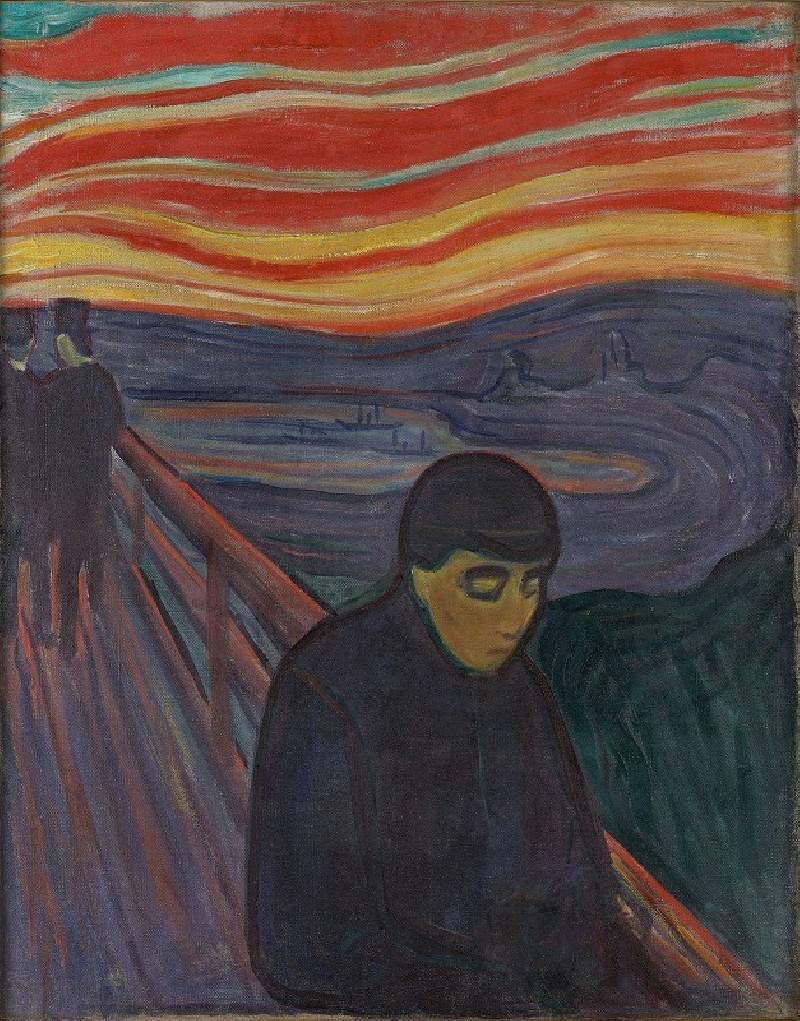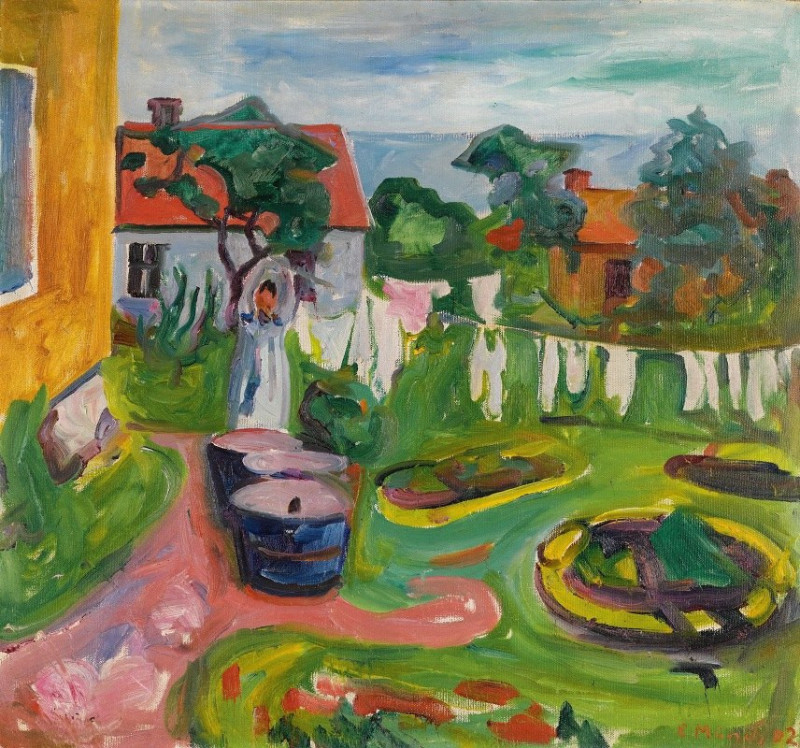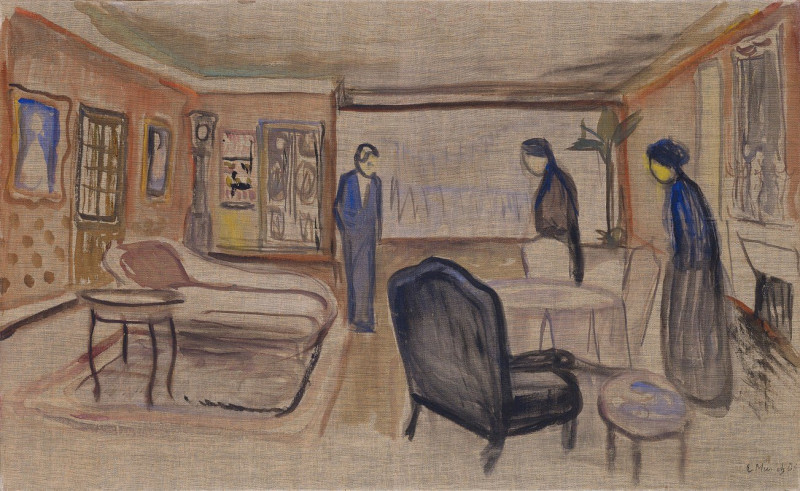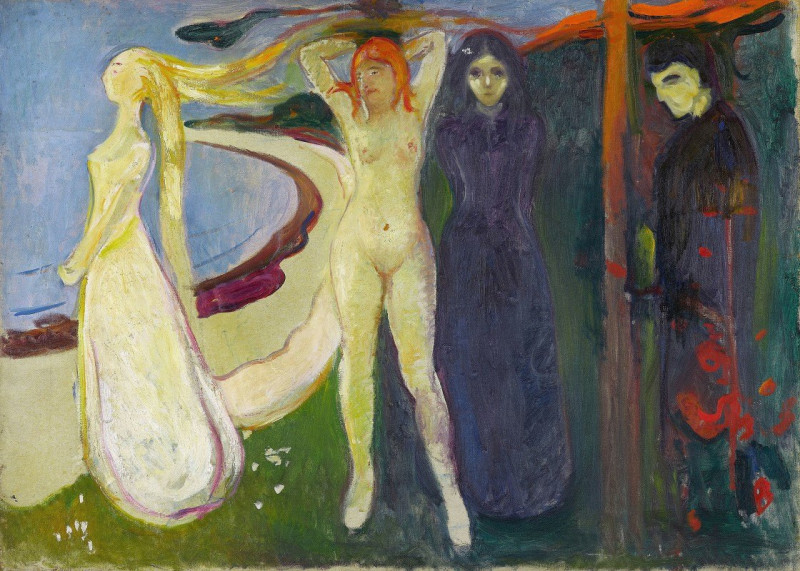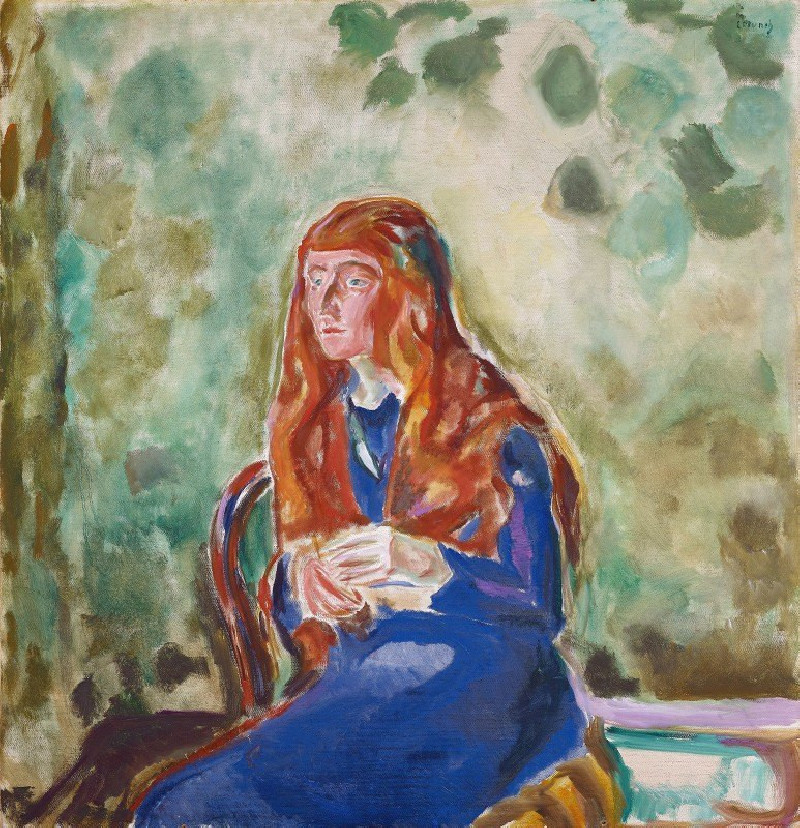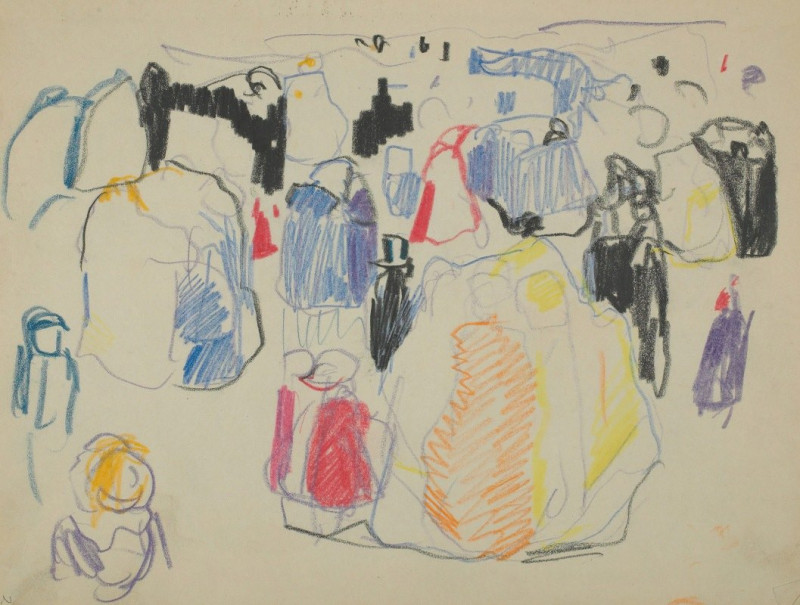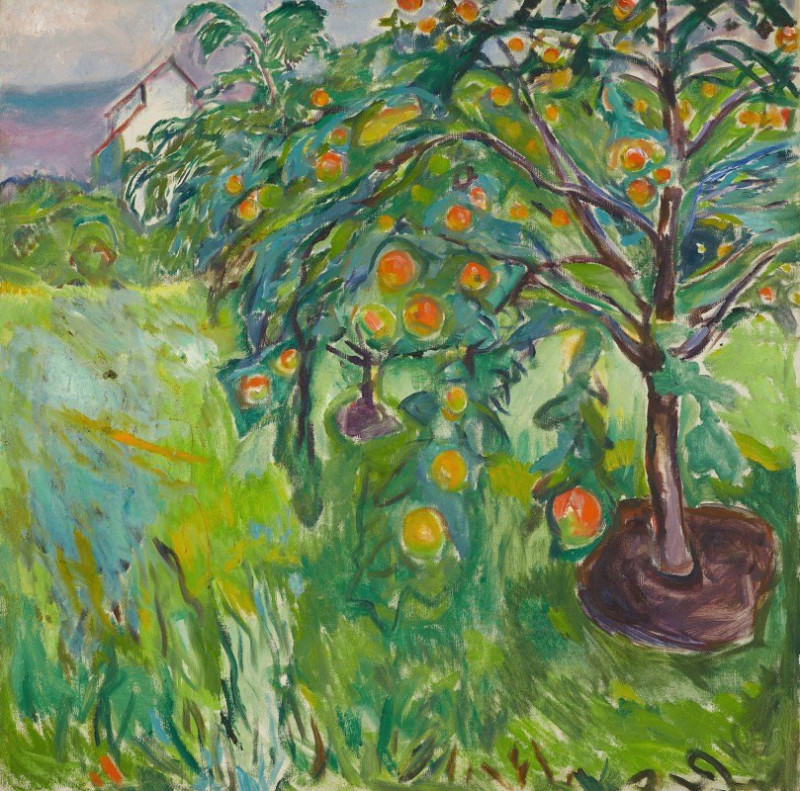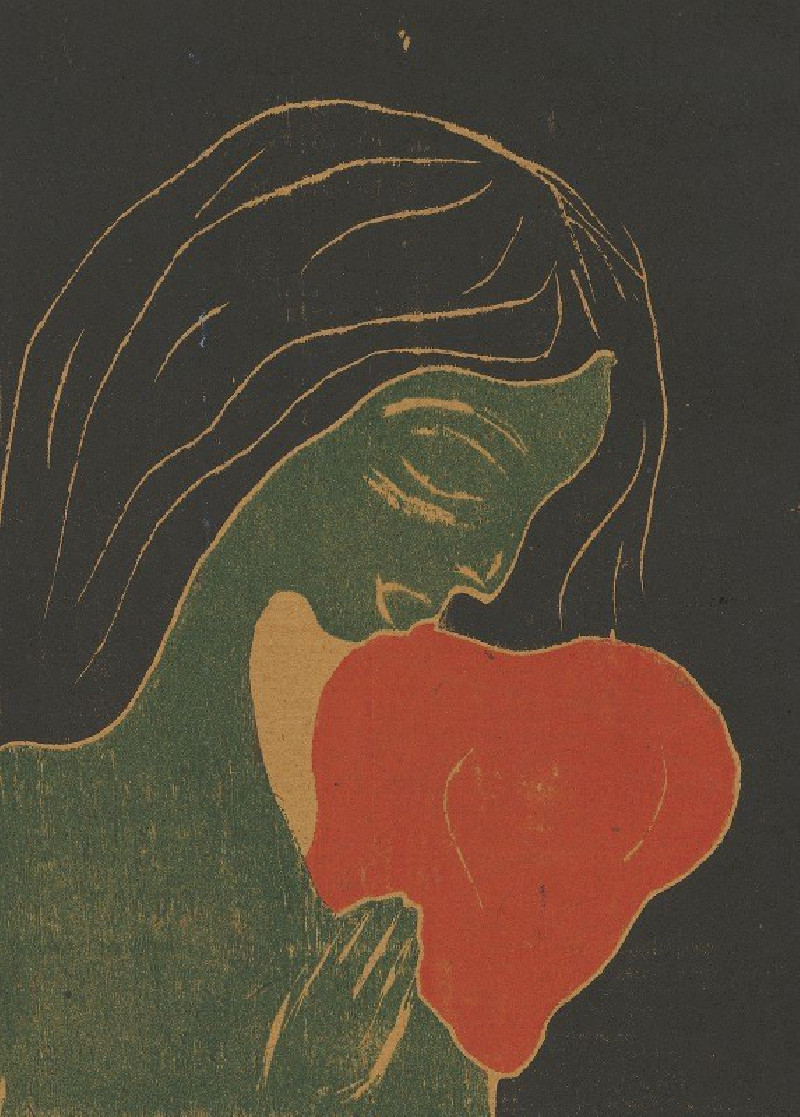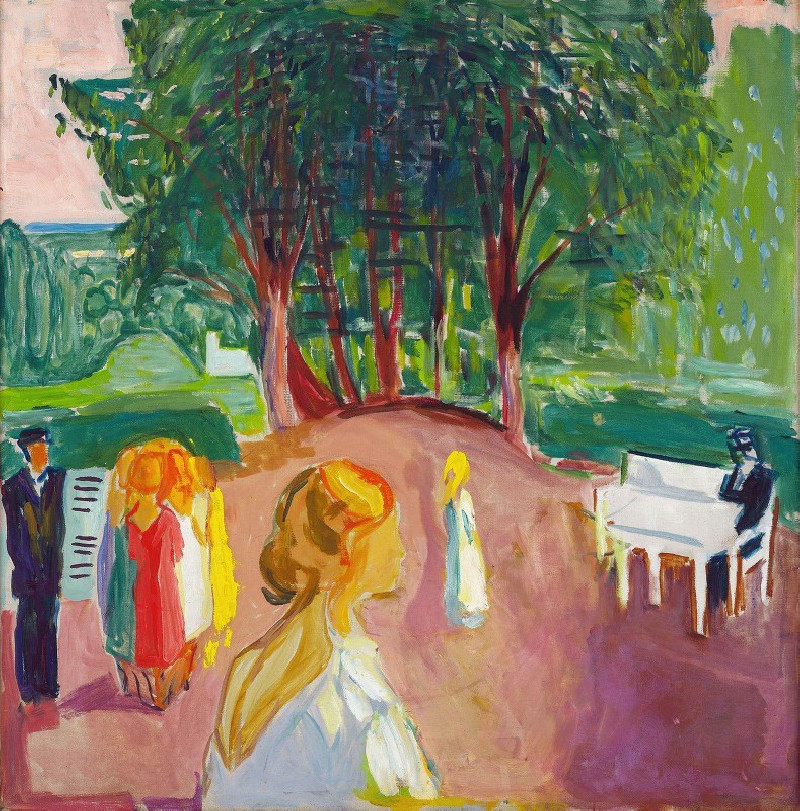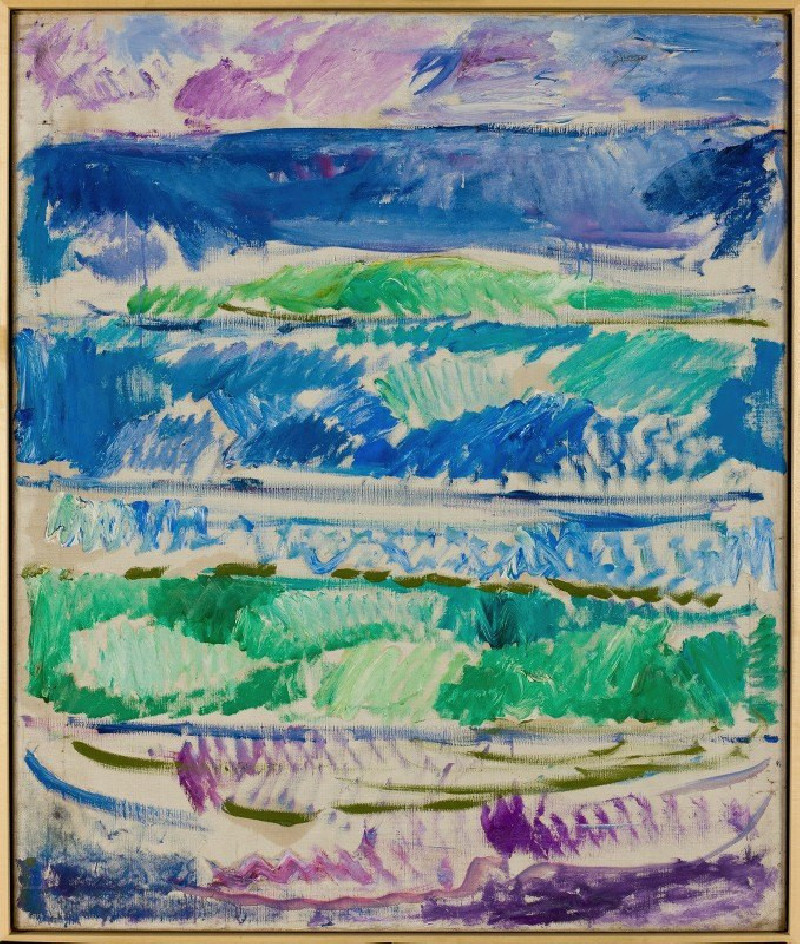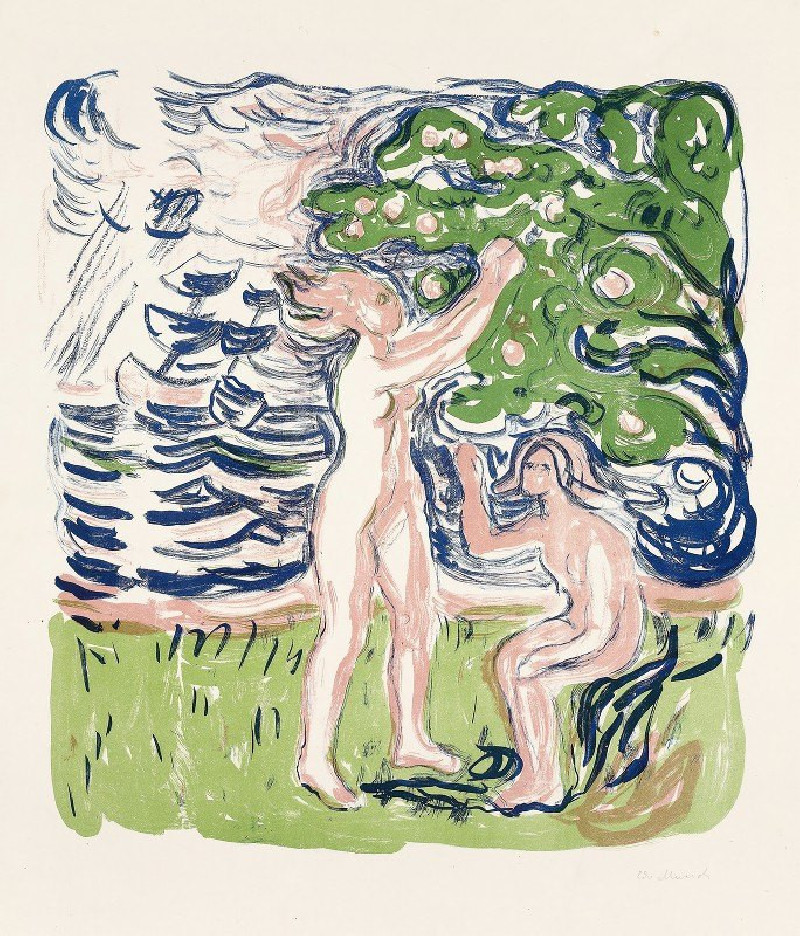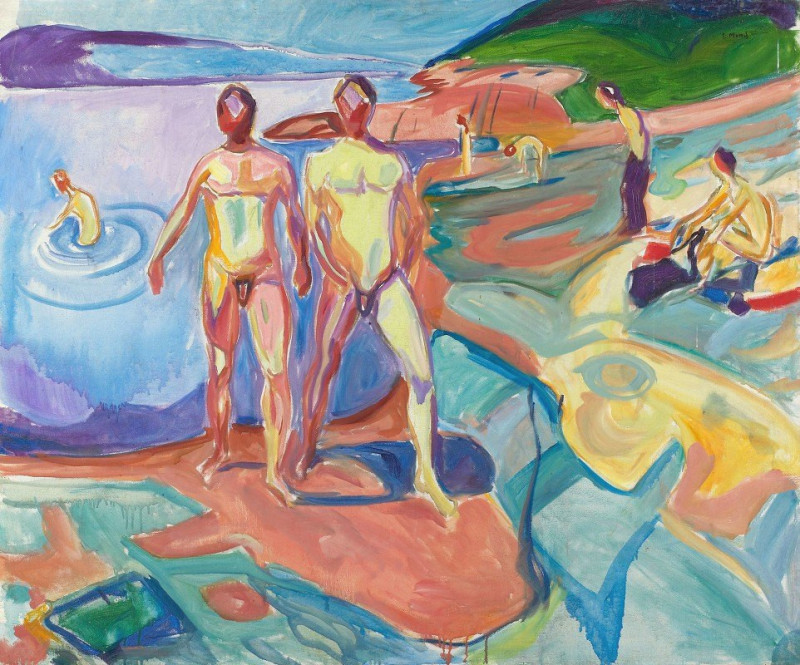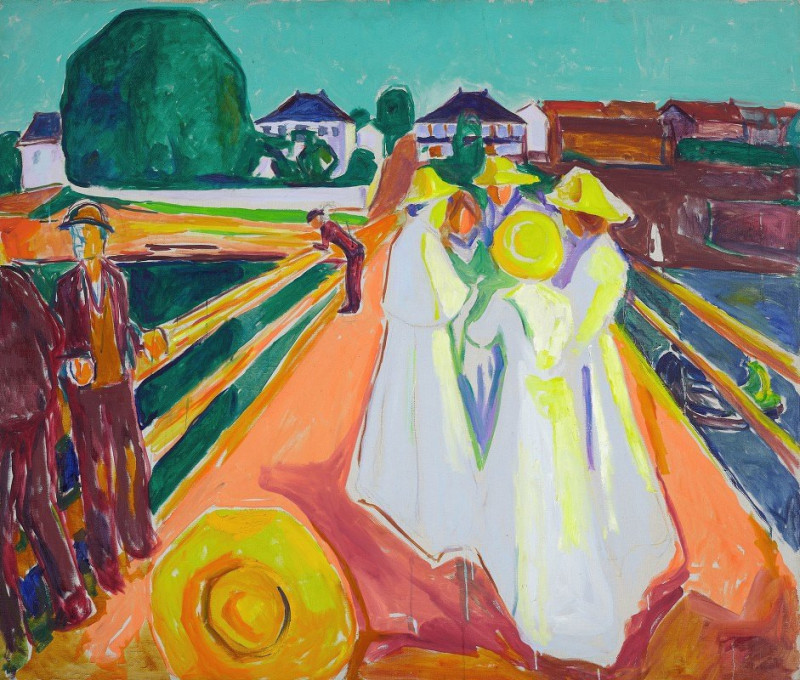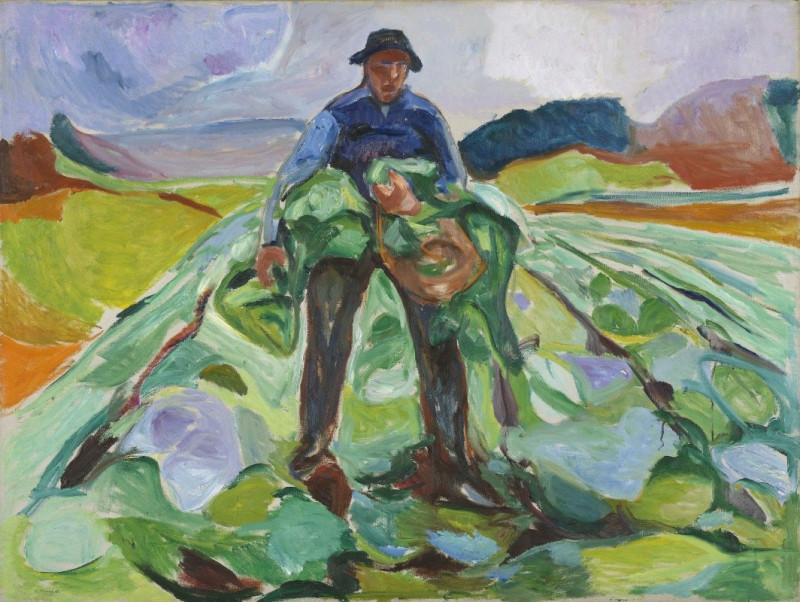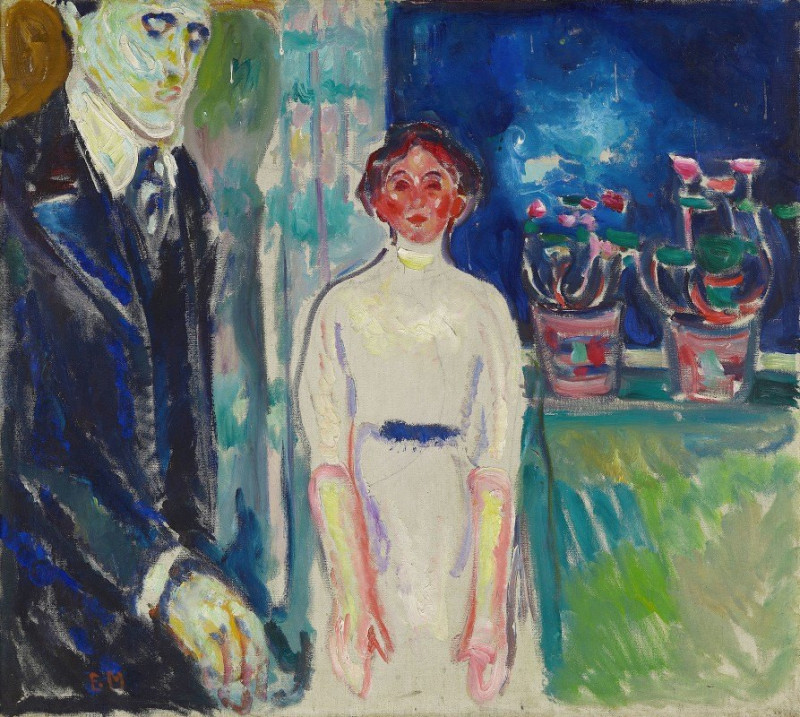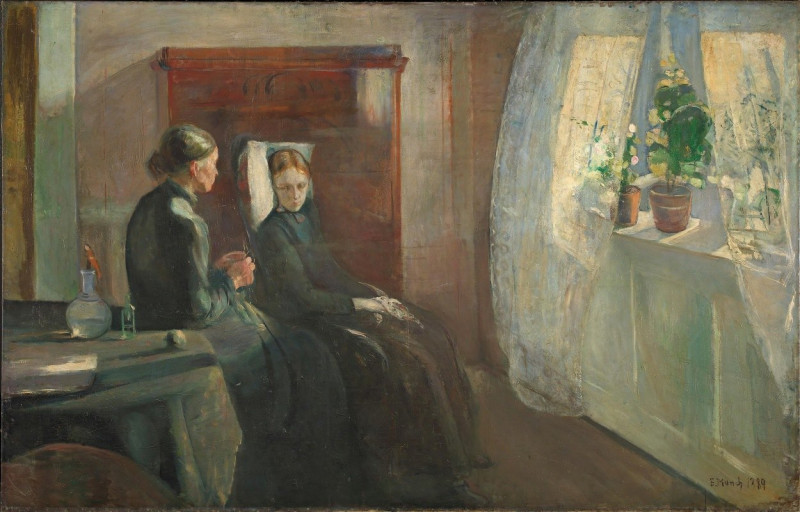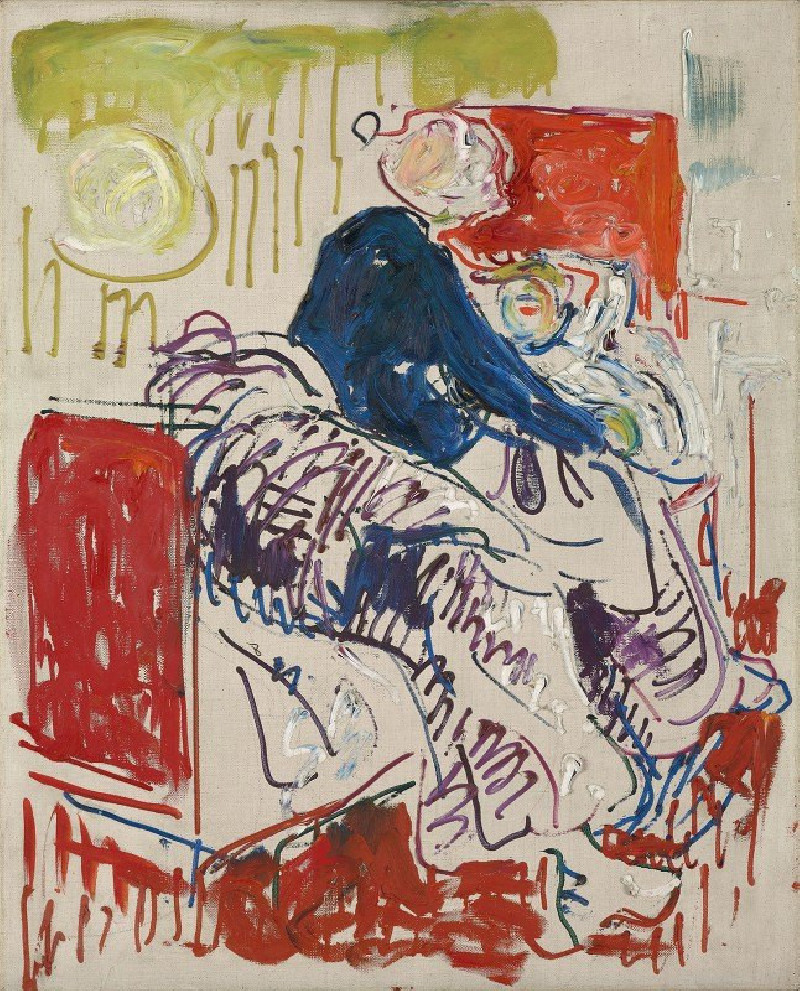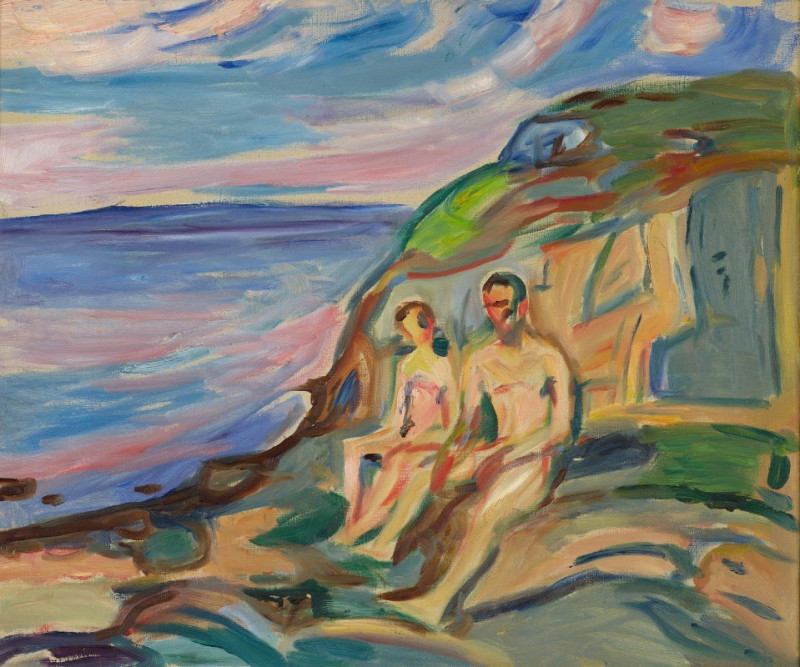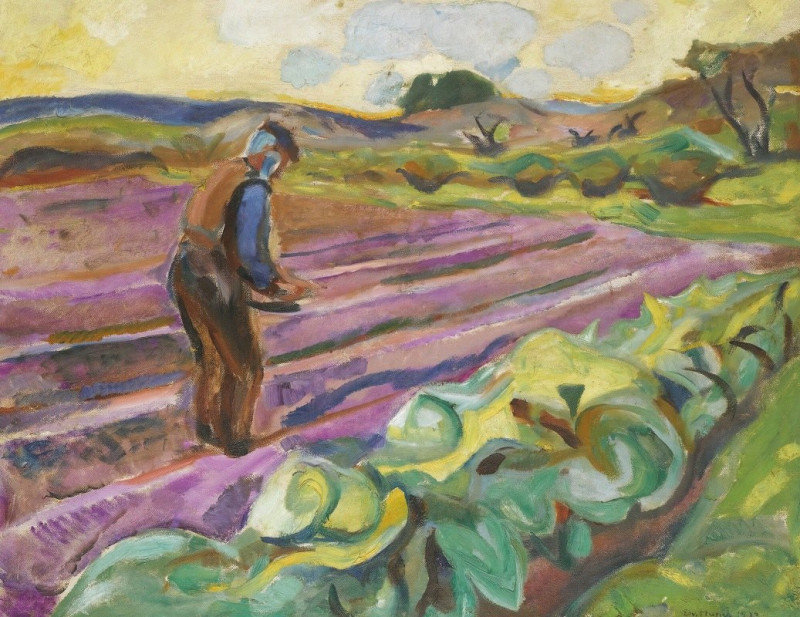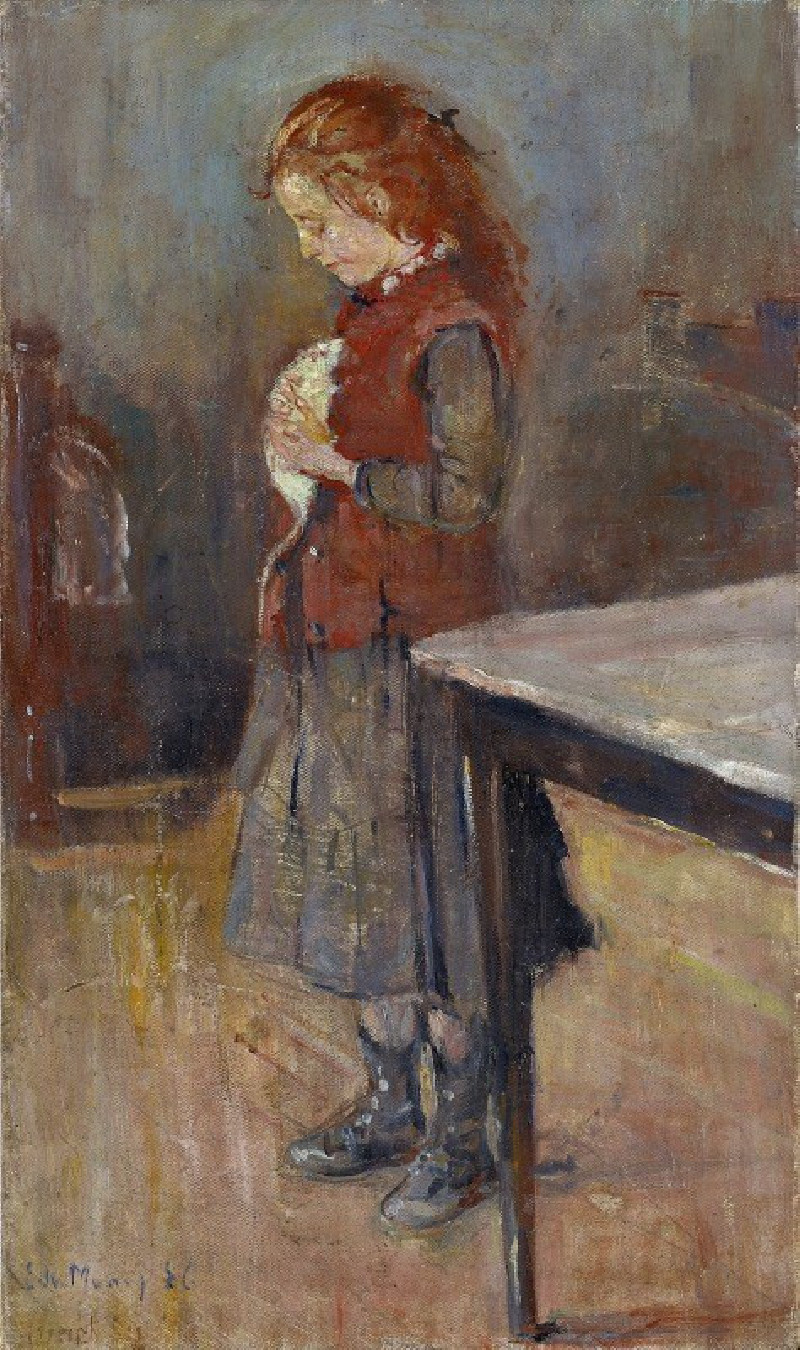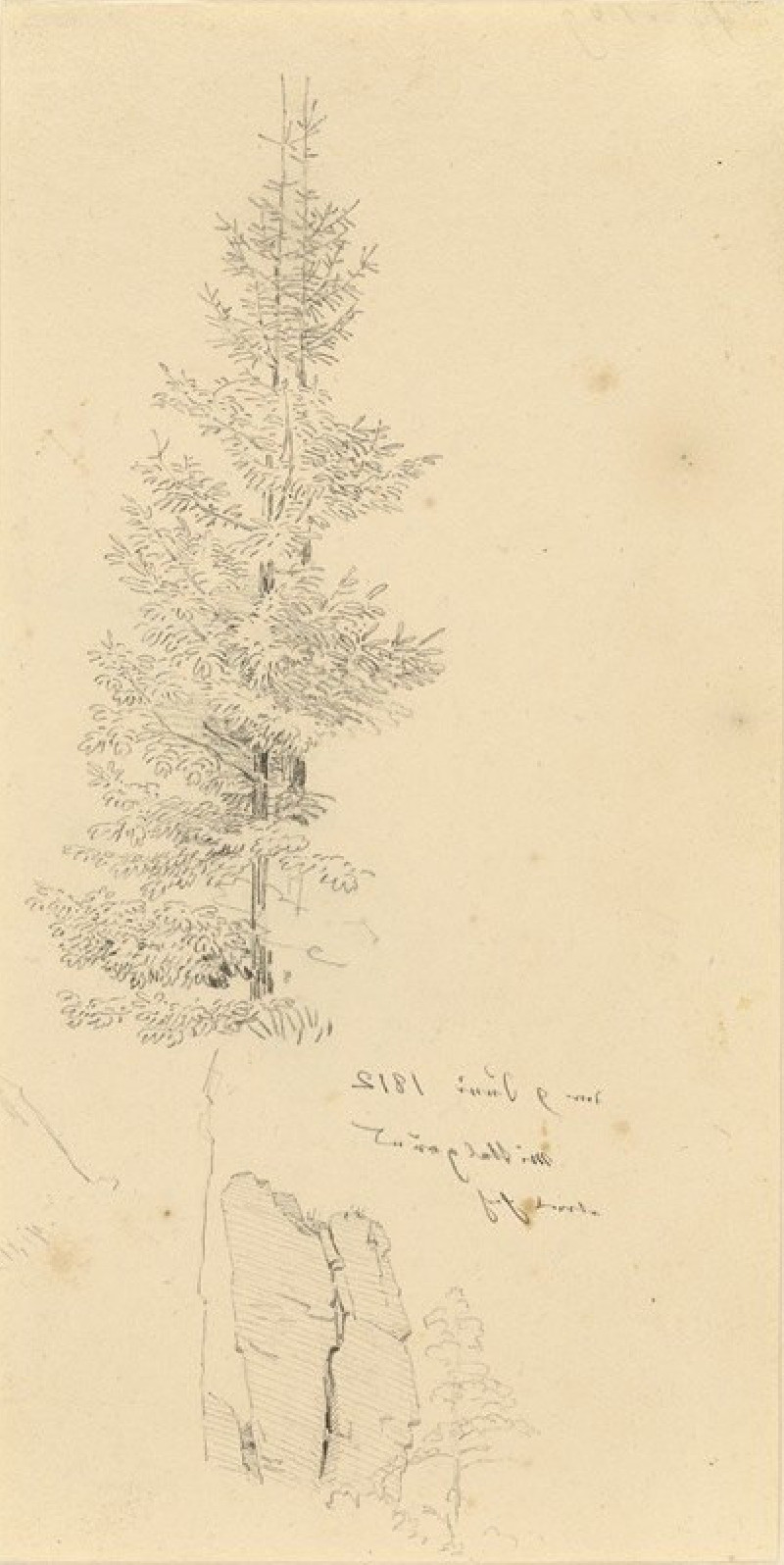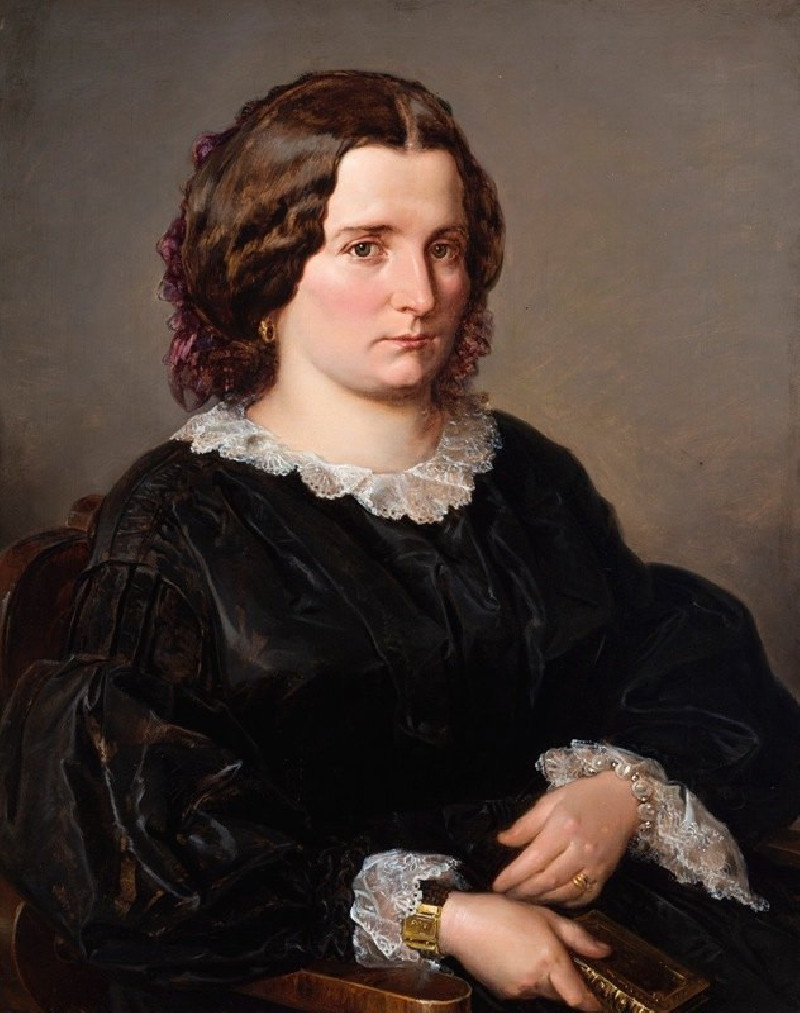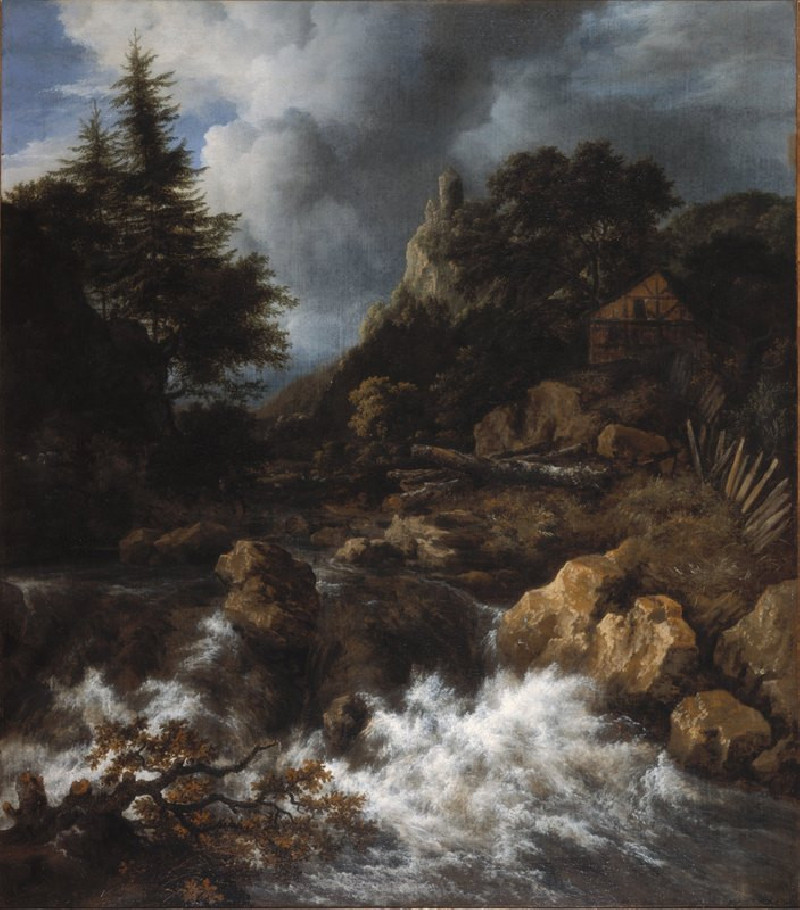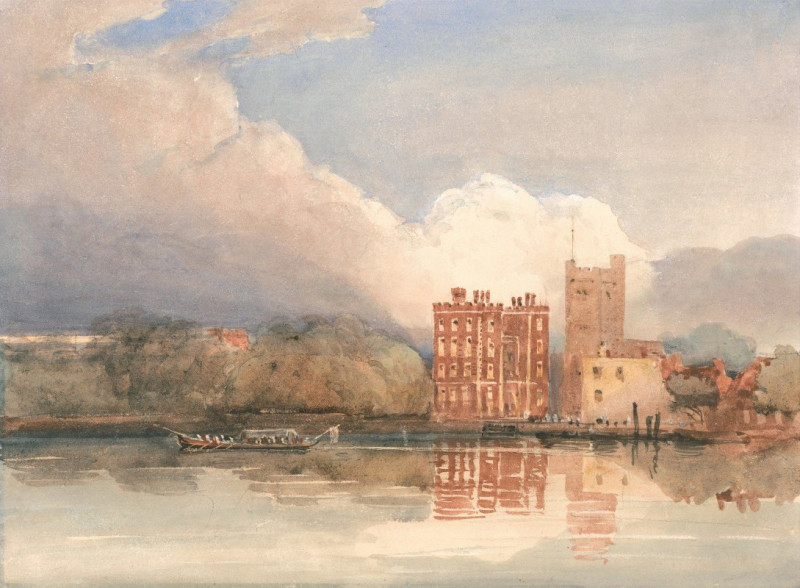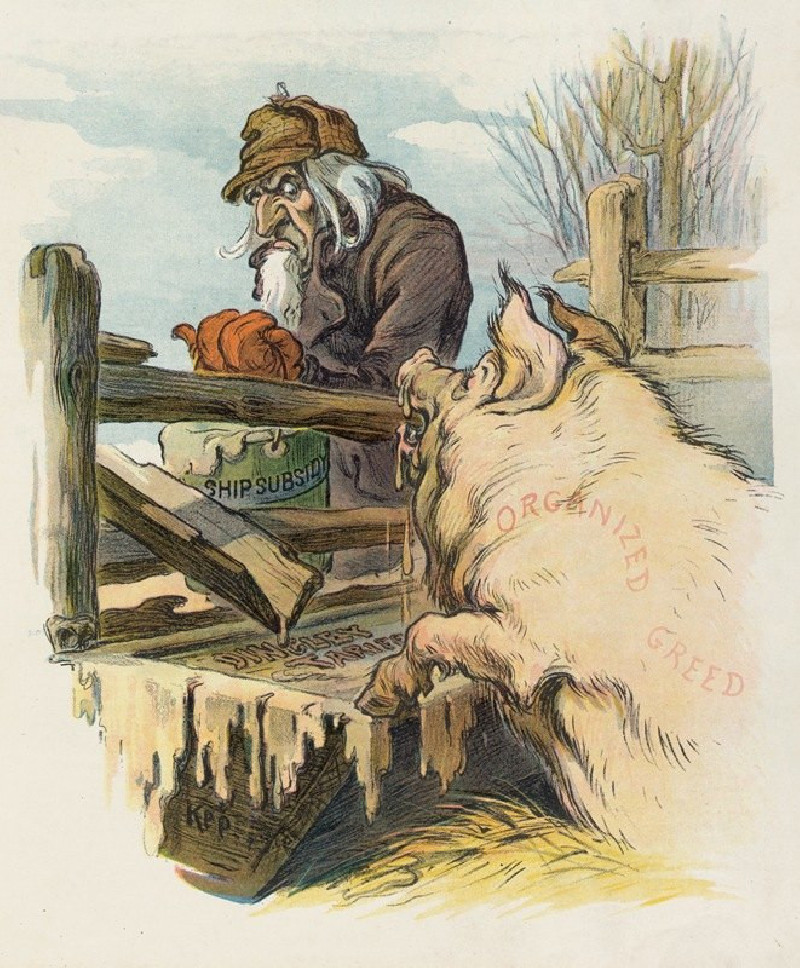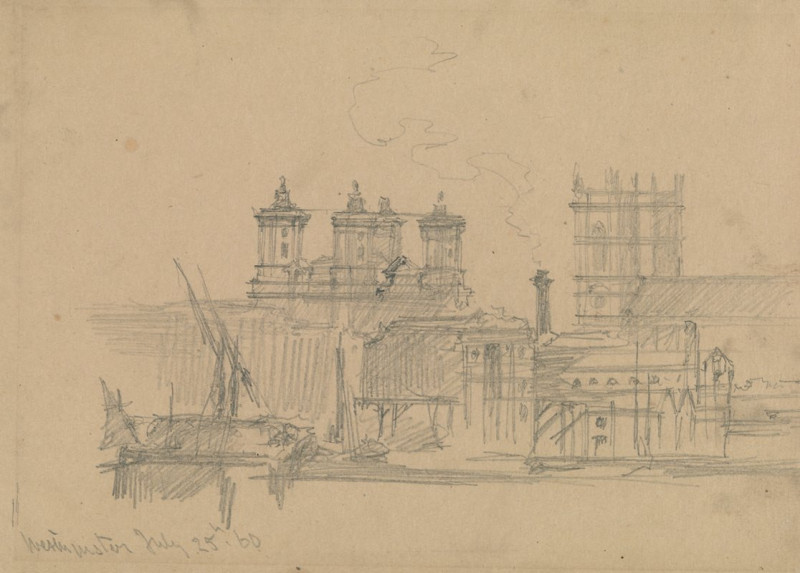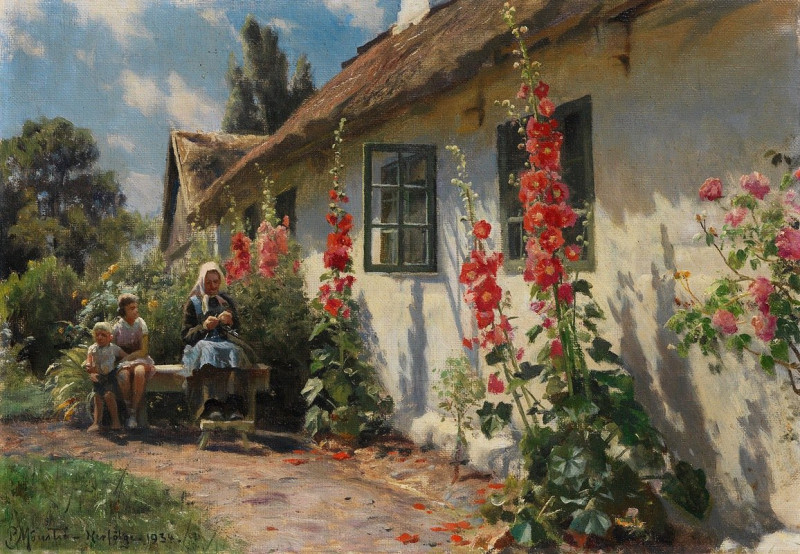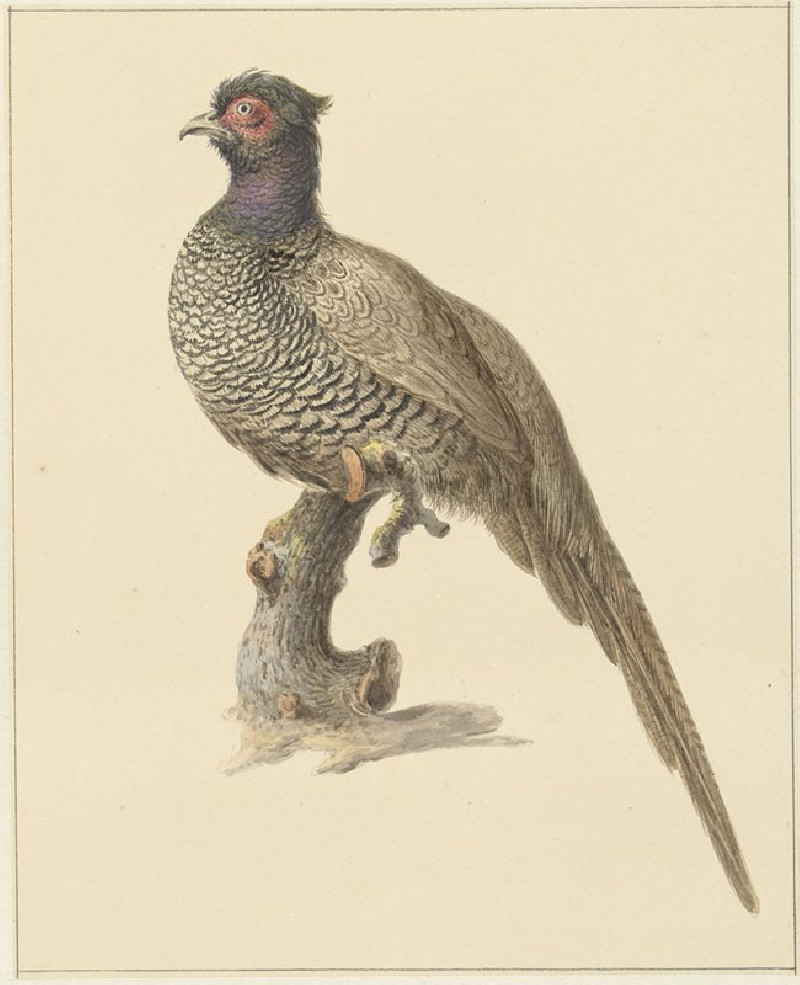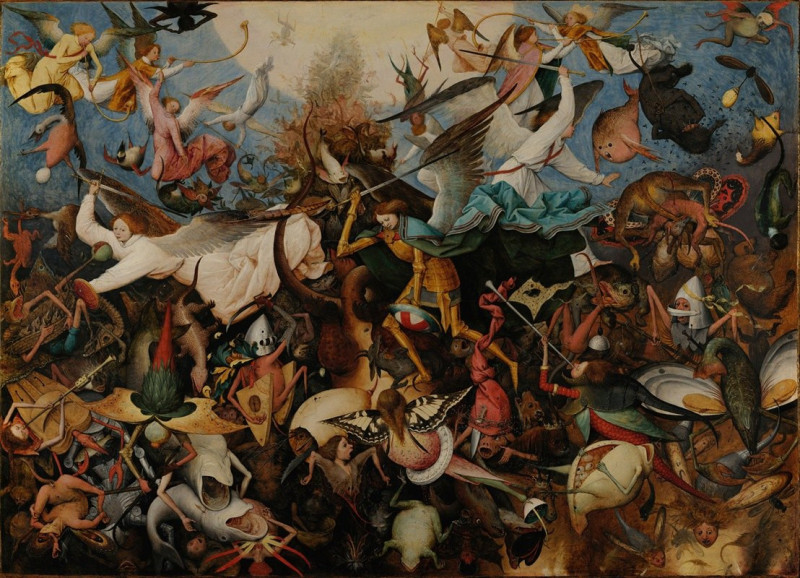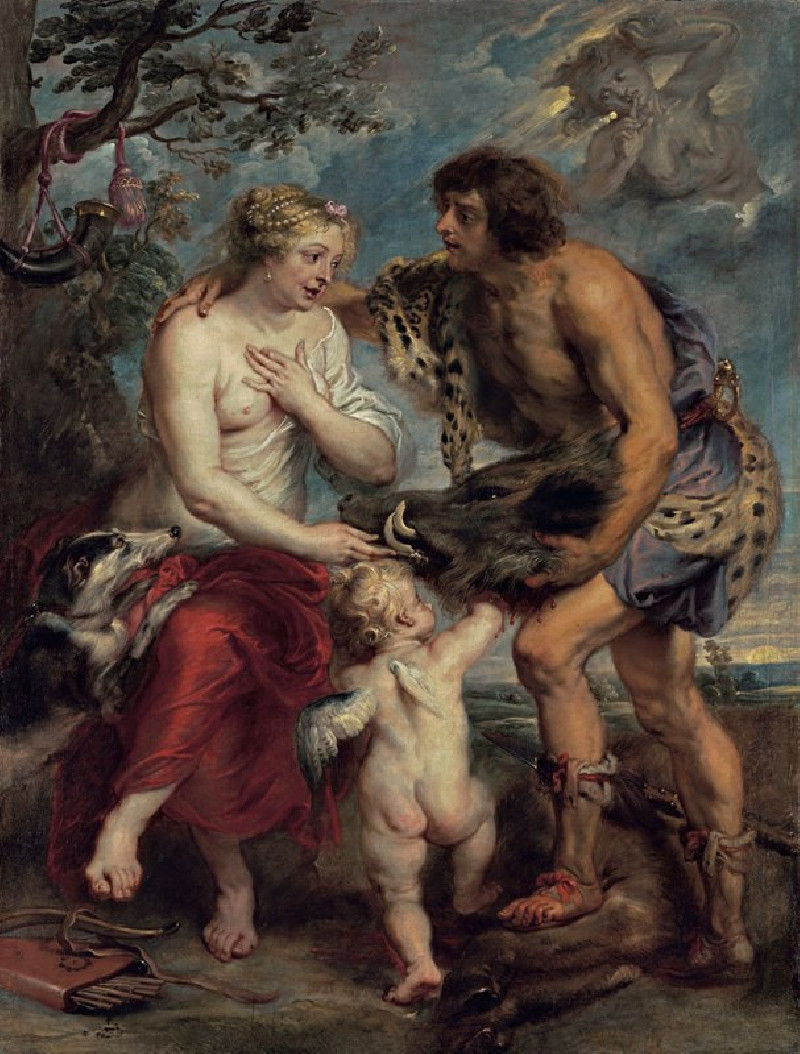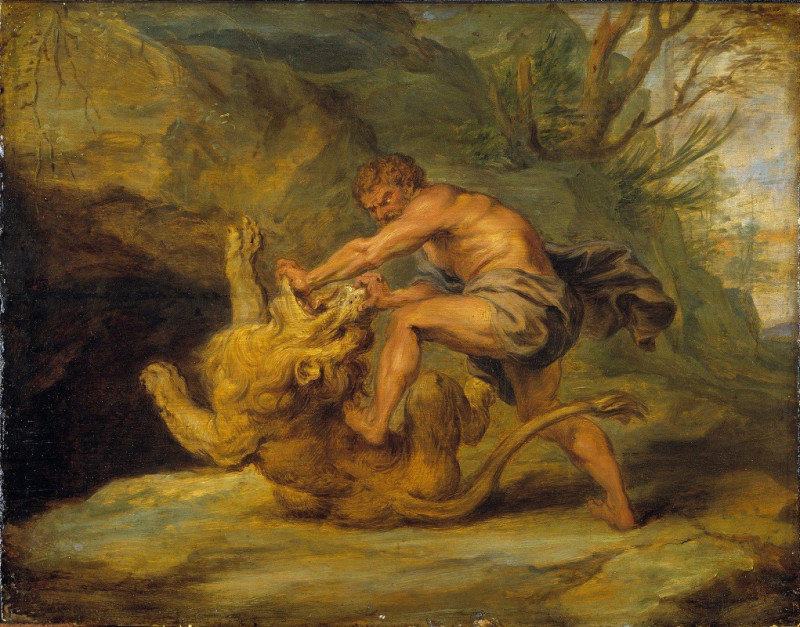Despair (1894)
Technique: Giclée quality print
Recommended by our customers
More about this artwork
The painting "Despair" by Edvard Munch, created in 1894, is a poignant expression of melancholy and introspection. In the foreground, we see a figure whose posture and downcast gaze convey a profound sense of dejection. The person is isolated, positioned on a bridge, which may metaphorically suggest a transition or a place between different emotional or existential states.The background of the painting is dominated by an intensely vibrant sky, swirling with fiery reds, oranges, and yellows. Despite the energy suggested by the sky, the figure seems disconnected from the dynamism of its surroundings, entrenched in his own inner world of sorrow. The contrast between the vibrant sky and the subdued, somber tones of the figure and the landscape further intensifies the theme of despair.The setting appears urban, with distant views of a city skyline and water bodies, perhaps indicating the alienation often felt even in populated environments. The overall atmosphere is charged with emotional depth, reflective of Munch's interest in capturing the complexities of human psychology through his art. The use of color, composition, and the directness of the figure's expression all serve to evoke a deep empathy from the viewer, making it a powerful piece on the universal theme of human anguish.
Delivery
Returns
Edvard Munch (12 December 1863 – 23 January 1944) was a Norwegian painter. His best known work, The Scream (1893), has become one of Western art's most iconic images.
His childhood was overshadowed by illness, bereavement and the dread of inheriting a mental condition that ran in the family. Studying at the Royal School of Art and Design in Kristiania (today's Oslo), Munch began to live a bohemian life under the influence of the nihilist Hans Jæger, who urged him to paint his own emotional and psychological state ('soul painting'); from this emerged his distinctive style.

